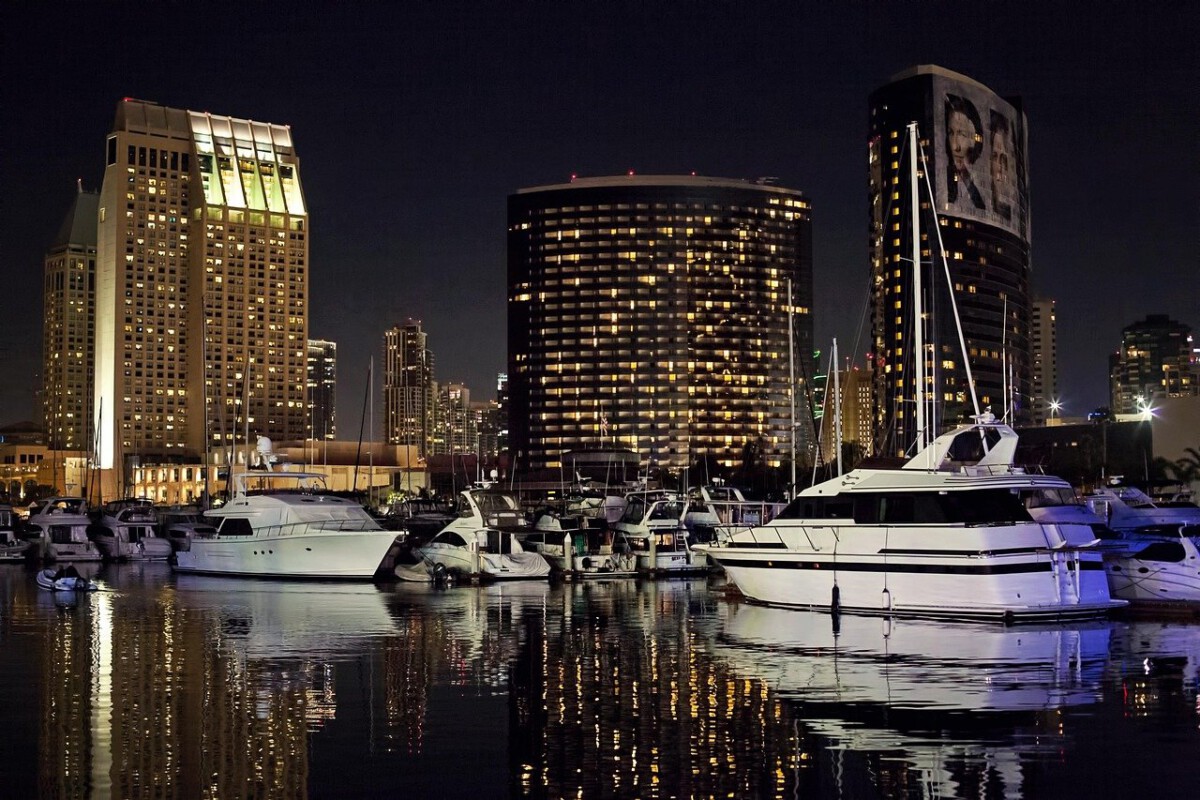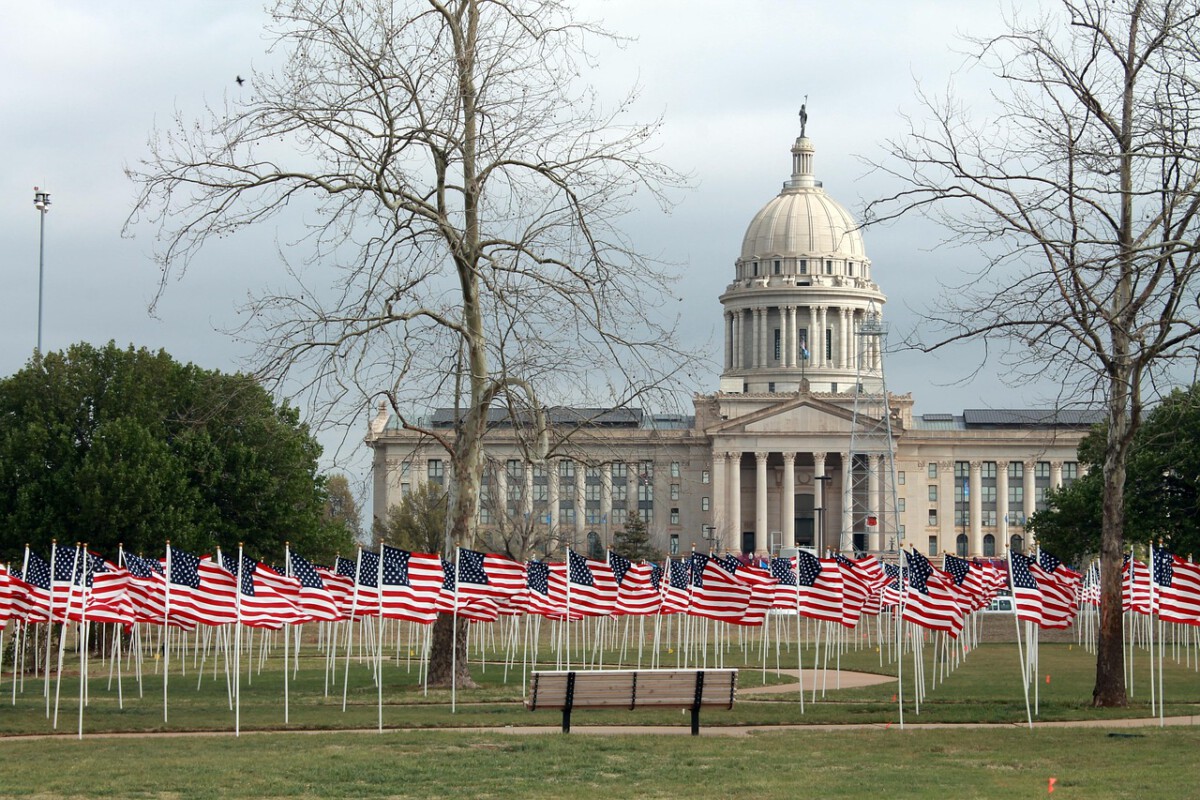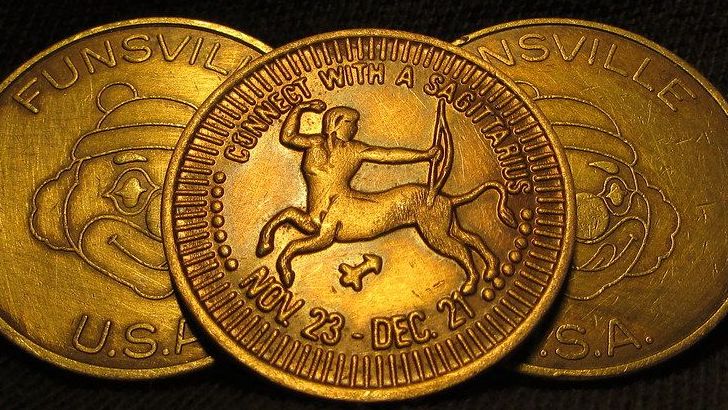New York: The Financially Overextended Giant

New York City sits comfortably atop most “best cities” lists, but let’s be honest here – it’s running on fumes from past glory. The city receives almost $10 billion in federal funding annually for its operational budget, yet it remains a net contributor to the federal government, except during crisis years. The Trump administration’s volatile economic and tariff policies are creating uncertainty that’s slowing national economic growth, and NYC feels this acutely. NYC’s eye-watering prices are legendary, but the sticker shock goes beyond rent, with a monthly MetroCard costing $132 and basic groceries costing double compared to other cities. The MTA’s delays and “signal problems” are infamous, but rush-hour sardine crowds and summer platform saunas test even the hardiest commuters, while its unreliability pushes many to embrace Citi Bike or scooters. Sure, it’s the financial capital of America, but when your residents are fleeing to Queens because Manhattan feels like an overpriced theme park, something’s fundamentally broken.
Los Angeles: Hollywood Dreams Meet Urban Nightmares

As popular culture and media continue to glorify Los Angeles as one of the world’s most extravagant and popular cities, all while facing rampant problems such as ineffective public transit and crippling homelessness in Skid Row, one thing is to be made clear: The city as a whole is blatantly overrated. Chicago, Illinois, a city with a 40% smaller population than Los Angeles, has a comparable weekday ridership on their public transportation system, while the lack of usage that the Los Angeles public transit system sees acts as another cause of the most infamous traffic jams in the nation. In 1976, the City of Los Angeles unofficially established Skid Row as a containment zone where homeless encampments and activities prohibited in other city areas would be tolerated, all while heavily cracking down on such activity in its bordering neighborhoods. The entertainment industry’s glossy portrayal masks a city where basic infrastructure fails its residents daily. As the wealthy roll through Los Angeles with Rolls Royce Phantoms and Bentley Continentals, their portrayal of the city’s transportation as consisting of luxury automobiles undermines the crippling public transit system that hundreds of thousands of residents depend on daily. It’s a city built on image rather than substance, where Instagram aesthetics matter more than livability.
Chicago: The Midwestern City Nobody Talks About

Chicago consistently gets overlooked in national conversations about great cities, and that’s actually telling. Chicago is a midwestern city with industries that are more mundane and less noteworthy than NY or LA, focusing on agricultural commodities and low end manufacturing. While Los Angeles has 42% less violent crime than Chicago, the Windy City has become synonymous with urban decay and violence in the national imagination. The reality is more complex, but Chicago suffers from a fundamental identity crisis – it’s neither as cosmopolitan as New York nor as culturally relevant as Los Angeles. It’s trapped in a middle position where it excels at being adequately good at everything but exceptional at nothing that truly matters on a national scale. The city works fine for residents, but it lacks the unique magnetism that makes a city truly special.
Houston: Energy Capital Without Soul

Houston ranks among the top five US cities by population with 2.3 million residents, and its energy sector dominance gives it economic clout. But Houston feels like a sprawling collection of strip malls and office parks rather than a cohesive city. The lack of zoning laws creates a chaotic urban landscape where a mansion sits next to a gas station. The oppressive heat and humidity make outdoor life miserable for months, while the car-dependent culture eliminates any sense of community. Houston represents American excess without American charm – big, wealthy, and fundamentally soulless. It’s a city that works for business but fails as a place where people actually want to live meaningfully.
Phoenix: Desert Sprawl Disguised as Progress

Phoenix rounds out the top five largest US cities with 1.7 million residents, riding high on population growth driven by retirees and people fleeing expensive coastal cities. But Phoenix represents everything wrong with modern American urban planning. It’s an unsustainable desert city that exists purely because air conditioning makes the impossible temporarily possible. The endless suburban sprawl creates a car-dependent nightmare where driving 45 minutes for dinner is normal. Summer temperatures regularly exceed 115°F, making outdoor activities dangerous for months. Phoenix is a testament to human stubbornness rather than intelligent city planning – a place that shouldn’t exist but does because we can temporarily overcome nature with technology.
Philadelphia: Living in History’s Shadow

Philadelphia desperately clings to its colonial history because it has little else to offer. The “City of Brotherly Love” feels more like the city of brotherly disappointment when you compare it to other East Coast destinations. While it has decent food culture and affordable housing compared to New York, Philadelphia suffers from a perpetual inferiority complex. It’s close enough to New York and Washington DC that many of its most ambitious residents simply leave. The city has pockets of charm, particularly in neighborhoods like Fishtown and Northern Liberties, but overall it feels like a place where people settle rather than aspire to live. Philadelphia is perfectly adequate, which in the context of American cities, makes it thoroughly overrated.
San Antonio: Tourist Trap Masquerading as Culture

San Antonio markets itself on the Riverwalk and the Alamo, but strip away the tourist attractions and you’re left with a sprawling Texas city without much distinctive character. The Riverwalk is essentially an outdoor mall with boats, designed more for visitors than residents. The food scene, while featuring solid Tex-Mex, doesn’t approach the culinary sophistication of other major Texas cities. San Antonio feels like it peaked in the 1990s and has been coasting ever since. The city lacks the energy innovation of Houston, the tech growth of Austin, or the cultural cachet of Dallas. It’s a place where history happened rather than where it’s being made today.
San Diego: Perfect Weather, Imperfect Everything Else

San Diego’s year-round perfect weather is its biggest selling point, and unfortunately, that’s also its biggest problem. When your primary attraction is something you have no control over, everything else feels secondary. The city has beautiful beaches and decent neighborhoods, but it lacks any real urban energy or cultural distinctiveness. It’s Los Angeles without the entertainment industry, San Francisco without the tech innovation, or Portland without the quirky character. San Diego feels like a very expensive retirement community where young people happen to live temporarily. The cost of living has skyrocketed while job opportunities remain limited, creating a city that’s beautiful but fundamentally hollow.
Dallas: All Hat, No Cattle

Dallas embodies every negative stereotype about Texas – big, flashy, and superficial. The city obsesses over appearances, from its gleaming downtown skyline to its luxury shopping districts, but underneath the polish, there’s surprisingly little substance. Dallas lacks the cultural authenticity of Austin, the international business focus of Houston, or even the tourist appeal of San Antonio. It’s a city built for Instagram photos rather than actual living. The food scene tries too hard to be sophisticated while missing the comfort food traditions that make Texas cuisine special. Dallas represents the worst of American city planning – prioritizing cars over people, appearance over function, and growth over community.
Austin: Keep It Weird (And Overpriced)

Austin ranks among the top 10 best-performing cities, appearing in the Milken Institute’s yearly rankings that highlight US cities with job growth, affordable housing, economic equality and other big draws. But Austin’s “weird” culture has been thoroughly gentrified by tech money and transplants. The city that once prided itself on being different now feels like every other tech hub – expensive, homogenized, and losing its local character. The music scene that made Austin famous is being priced out by rising rents and development. Food trucks that once defined the city’s casual culture are being replaced by upscale restaurants. Austin represents the tragedy of success – a place that became so desirable that it destroyed the very qualities that made it special in the first place.
Denver: High Altitude, Low Personality

Denver markets itself as an outdoor paradise, but the reality is more complicated. Yes, the mountains are beautiful, but they’re also hours away from the city center. Denver itself is a relatively flat, sprawling place that feels more like a larger version of any mid-sized American city. The craft beer scene is solid but not unique enough to build a city’s identity around. The legal marijuana industry brought attention but also created a somewhat seedy tourist culture. Denver suffers from the same problem as many Western cities – it confuses proximity to nature with actually being a great place to live. The cost of living has risen dramatically while the city’s character remains frustratingly generic.
Seattle: Rain-Soaked Tech Dystopia

Seattle represents everything wrong with tech-driven urban development. The city that gave us grunge and coffee culture has been transformed into an expensive playground for Amazon and Microsoft employees. The homelessness crisis is visible everywhere, creating a stark contrast between tech wealth and street-level poverty. The famous coffee culture has been corporatized beyond recognition, while the music scene that made Seattle culturally relevant has been priced out. The constant rain, which once felt romantic and atmospheric, now just seems depressing when combined with the city’s social problems.





